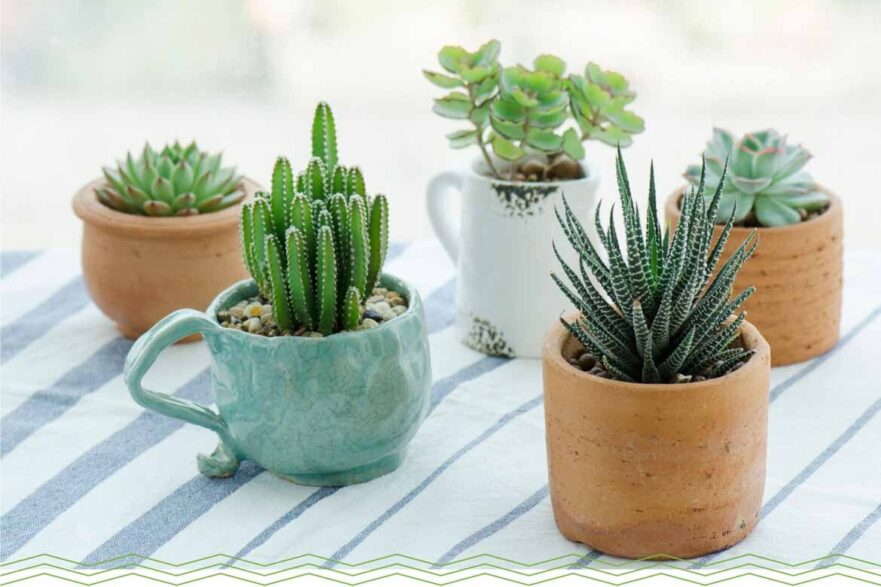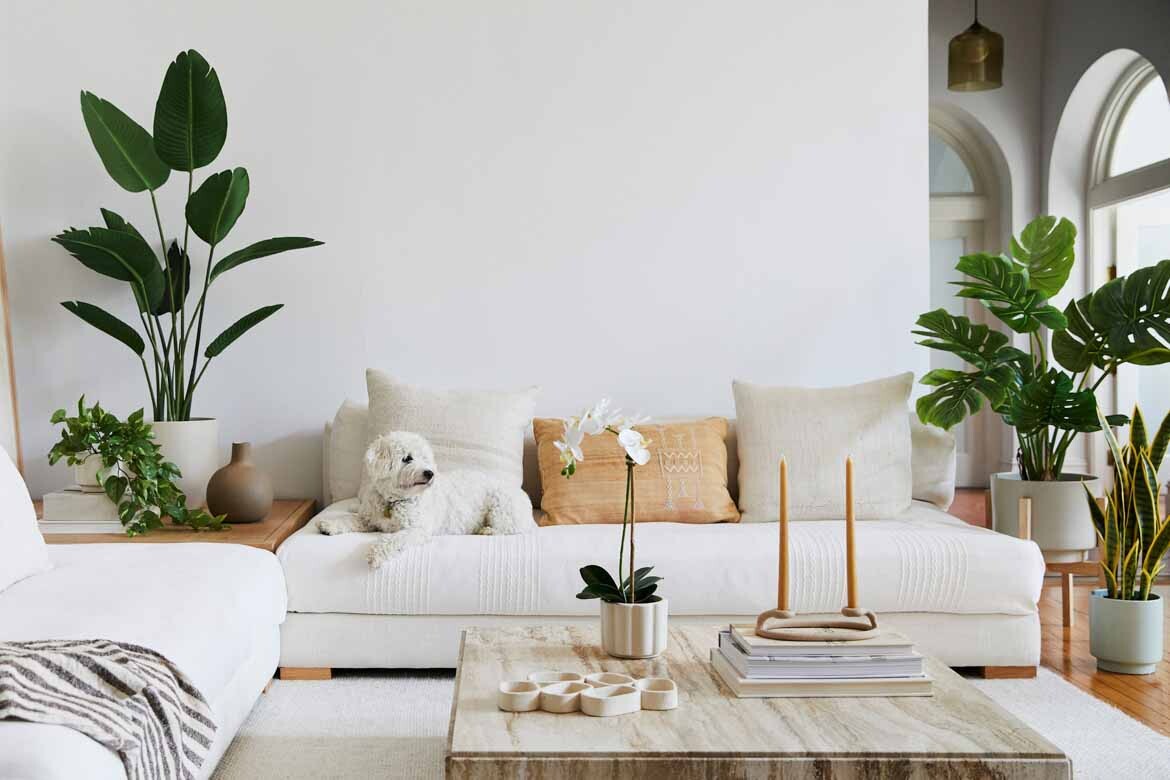House plants are gaining recognition as one of the best possible décor features of a modern home. Their presence alone can boost mental health, they inspire creativity and spirituality, and the process of gardening has been proven to have huge benefits physically and psychologically.
Caring for plants inside the home has been linked to a feeling of freedom and vacation, and they markedly improve mood, productivity, concentration and memory. House plants have also been proven to lower stress and fatigue levels.
These findings alone are compelling enough to urge everyone to buy as many house plants as they can fit in their home. But house plants can also have another benefit; certain types of plants actually have air purifying qualities. This was proven by NASA in 1989 where they found that plants can actually filter pollutants such as benzene, formaldehyde, trichloroethylene, xylene and ammonia out of the air.

Now, these plants are not miracle workers. They can’t purify a heavily toxic room, and their cleaning benefit is mostly undetectable unless there are large quantities of plants (such as a plant wall) close together within the small space. However, even just knowing that they have the ability to purify air somewhat can improve your perception of cleanliness and health within your home. Read more about the fascinating air purifying abilities of plants here.
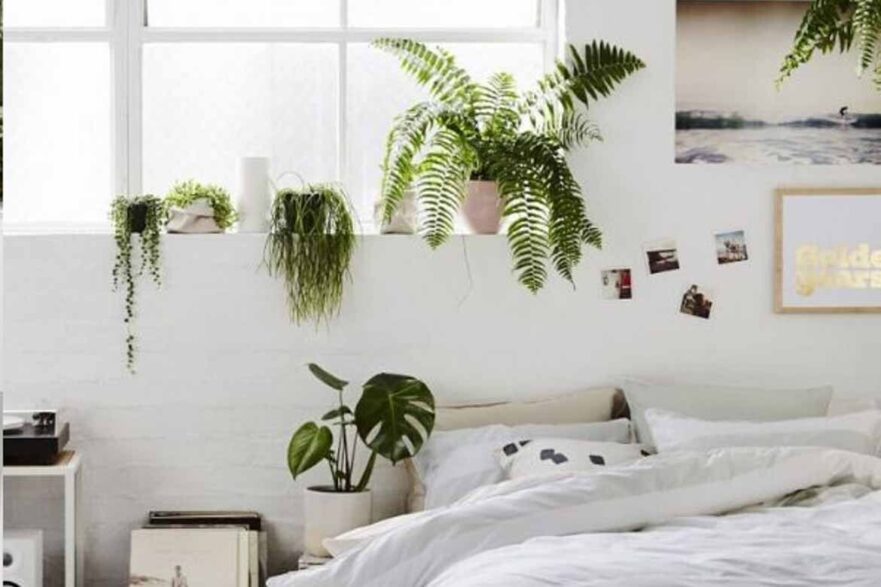
There are a huge variety of plants that can thrive indoors. Low maintenance plants are the best choices for indoor plants as they can usually cope with low light exposure and can survive on their own for a while if you have to travel. Some common examples of widely beloved indoor plants include succulents, snake plants, money trees, and philodendron.
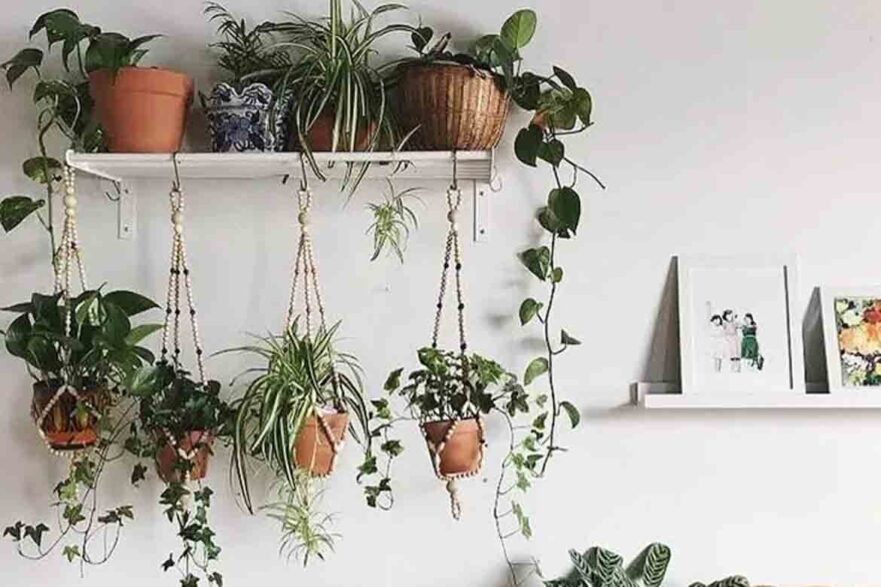
Each indoor plant will have different maintenance needs depending on their species, age and size. For the most part, indoor plants require watering once every 1-3 weeks. You should be able to spot if your plants need water well before it starts to become a problem, as they will wilt and lose shape, leaves or colour.

Most plants will thrive with five or six hours of sunlight (and usually not less). The type of plant will determine whether it should be direct or indirect sunlight, though the majority of house plants will be happy enough getting just daily indirect sunlight. Again, pay attention to your plant – it will usually tell you what it needs.
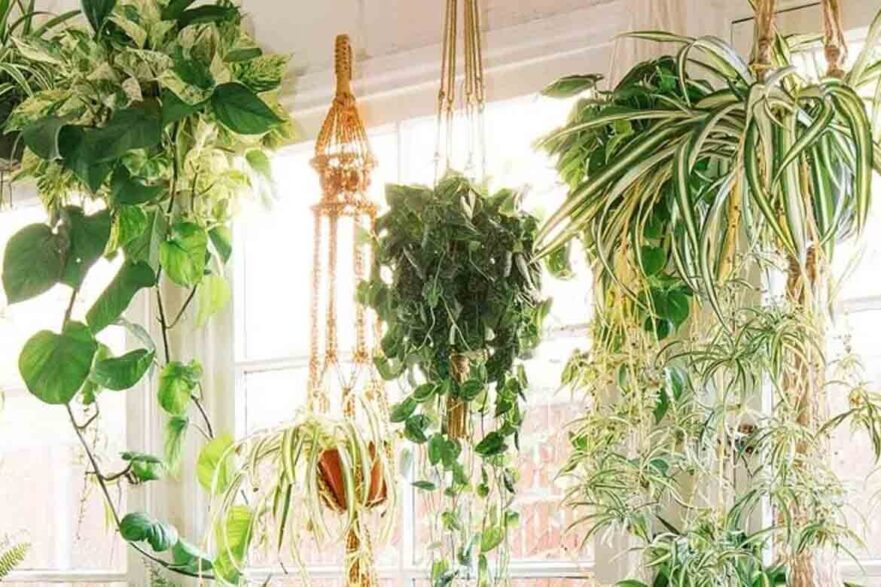
Some indoor plants will require repotting as they grow. The majority of house plants will stay roughly the same size – which is why they became house plants in the first place – but the occasional special breed of shrub, tree or perennial may grow large enough that it needs a bigger pot (usually every 12-18 months). This should happen in spring.
Note: some house plants are extremely toxic to dogs and cats. Please be aware of the effects of your plants on your furry companions and make sure nothing harmful finds its way into your home. Lily plants, daffodils, ferns, mistletoe and some bamboo species can all wreak havoc on dogs and cats – make sure to check the A-Z guide of toxic plants before purchasing anything new. Keep your pets safe.
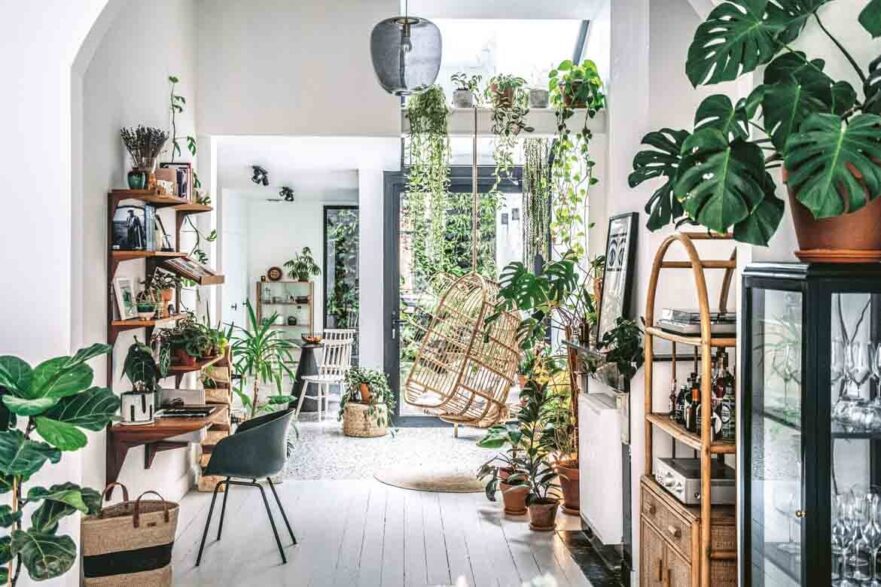
Best indoor plants: 5 low maintenance indoor plant ideas
5. Heartleaf Philodendron
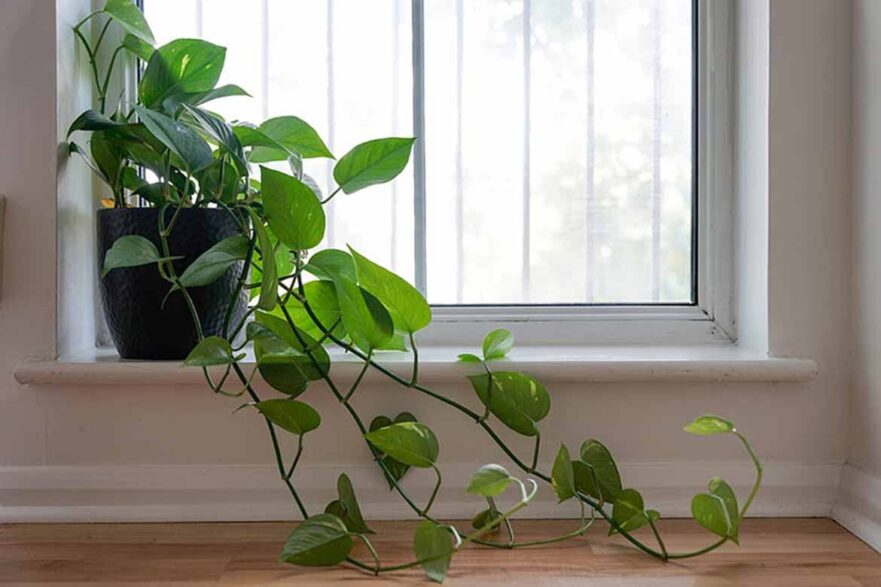
Heartleaf Philodendron (Philodendron hederaceum) has become one of the most popular house plants due to its easy maintenance and gorgeous, heart-shaped leaves. This species is originally native South and Central America, where it grows along the rainforest floor. It has low light requirements and a standard watering schedule of once ever 1-3 weeks.
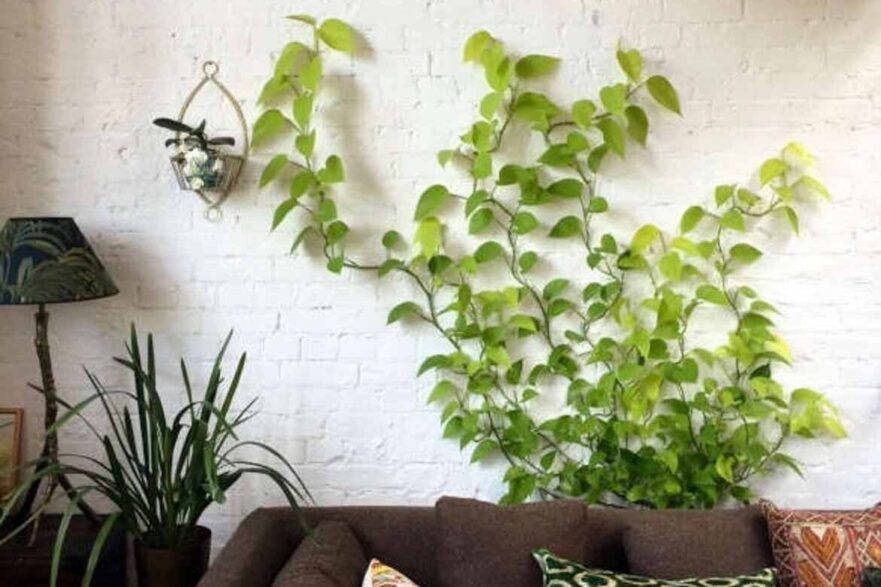
Because of its hanging leaves, Heartleaf Philodendron looks best up high where its leaves can trail down towards the ground and create a fairytale curtain of nature. This plant looks equally good in the living room, office and bedroom. To browse some beautiful wall-hanging planters that would best suit hanging plants like Heartleaf Philodendron, see here for some beautiful indoor plant pots and indoor plant stands.
4. Weeping Fig

Weeping fig is somewhat temperamental, but for those who love caring for plants they are a beautiful addition to any home. Weeping figs are a type of Ficus plant popular for their romantic, bowed leaf structure. They usually grow to about 3-6 feet tall depending on the conditions of your home and how often you prune them.
They are evergreen, so they will look beautiful year round, and they are actually native to Northern Australia (spanning all the way to India). Weeping figs grow best under indirect light and require consistency, so try to keep to a regular watering schedule and avoid drastic temperature changes wherever possible.
3. Devil’s Ivy

Devil’s Ivy is a vine native to the rainforests of South East Asia, Indonesia, and the Solomon Islands. It is a tree climbing plant, but it has also been known to hang, giving you control over the look that you want in your home. Devil’s Ivy is recognizable for the deep green colour of its lush leaves. It thrives in bright, indirect light with an occasional mist of water.
2. Spider Plant
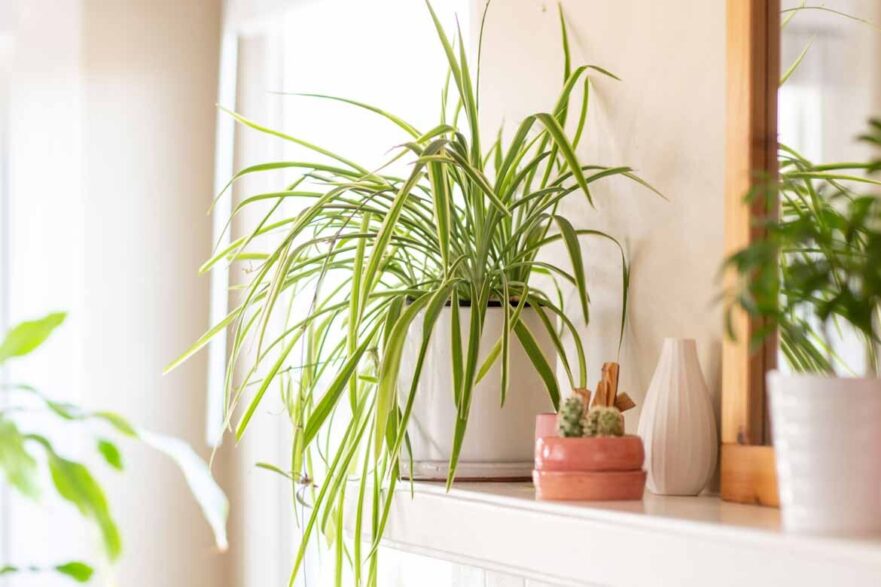
Spider plant is one of the easiest plants to keep, making it popular in houses across the globe. It is native to tropical Africa, so it requires watering once a week during the sunnier months and slightly less throughout winter.
They are a cute, unassuming plant and will thrive in bright or moderate light. These are the perfect plants to sit on a kitchen windowsill as they will not get in the way or drop leaves – though they may drop small white flowers across a few weeks during their flowering season.
1. Succulents
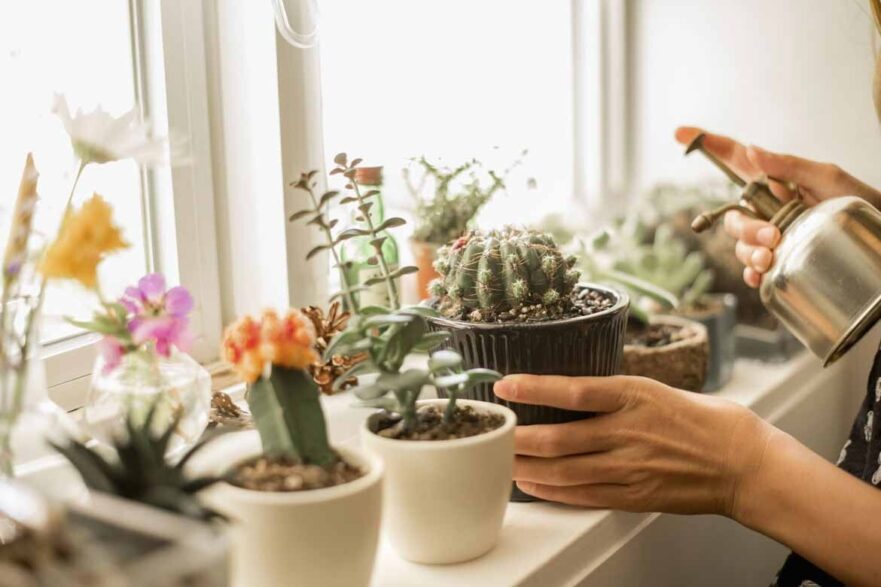
Succulents are undoubtedly the most popular house plant across the board. These plants are so incredibly hardy that even a trained assassin might have trouble taking them out. Because of this, they make the perfect gifts – zero guilt and almost no pressure for the person you give them to. Artificial succulents also often look especially realistic, if you would prefer the look without the effort.
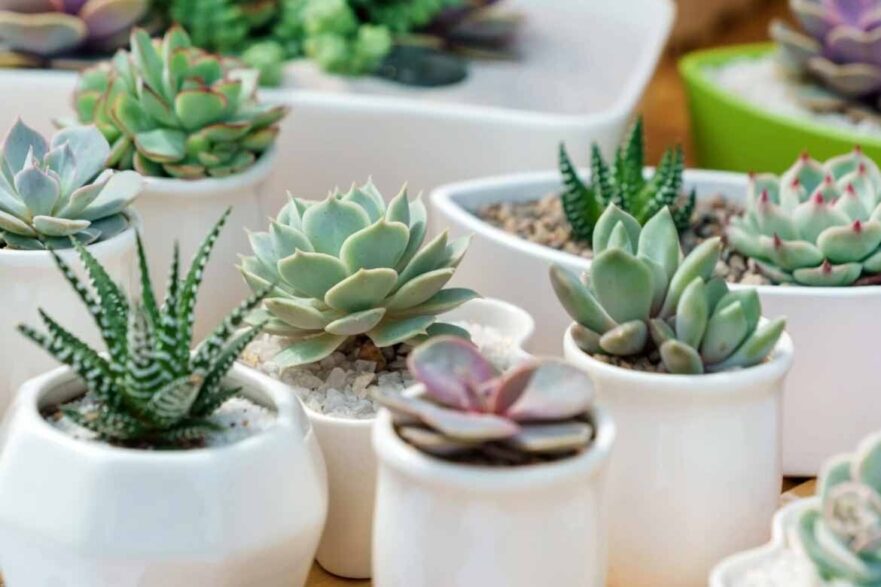
They are also incredibly cute and come in many different variations, such as Jade Plant, Echeveria Elegans, Burro’s Tail and Fasciated Haworthia. A group of succulents together on a windowsill has an odd sense of charm and community that makes them one of the most endearing plants you can keep inside your home.
